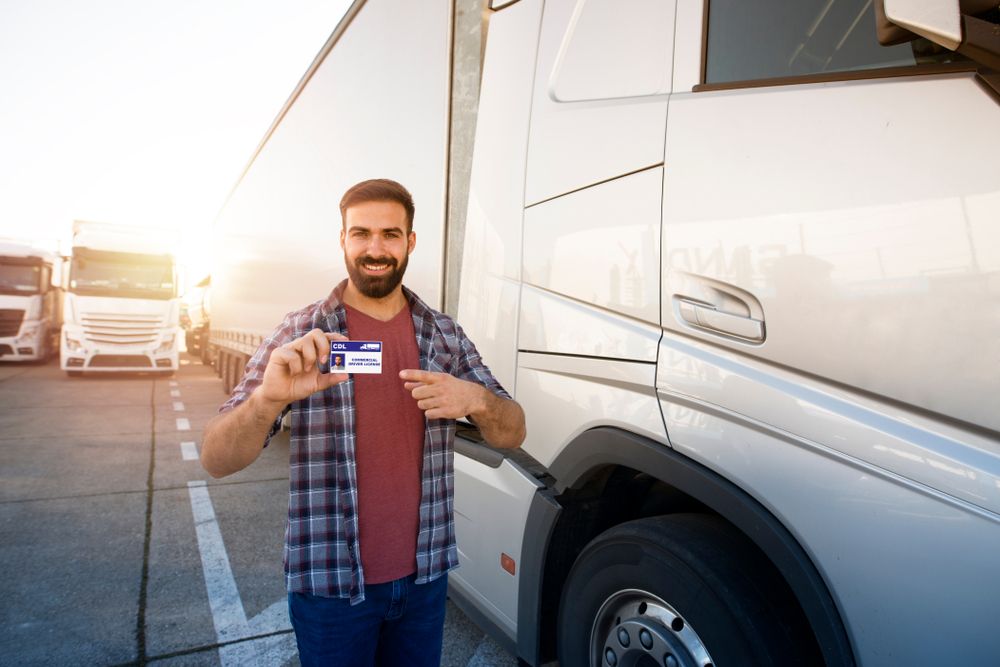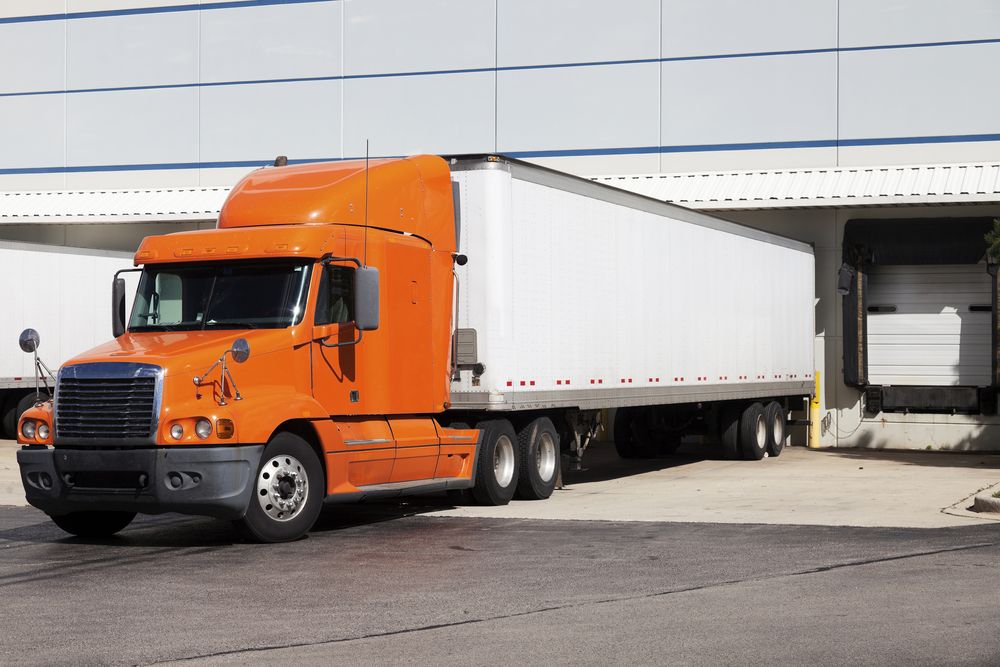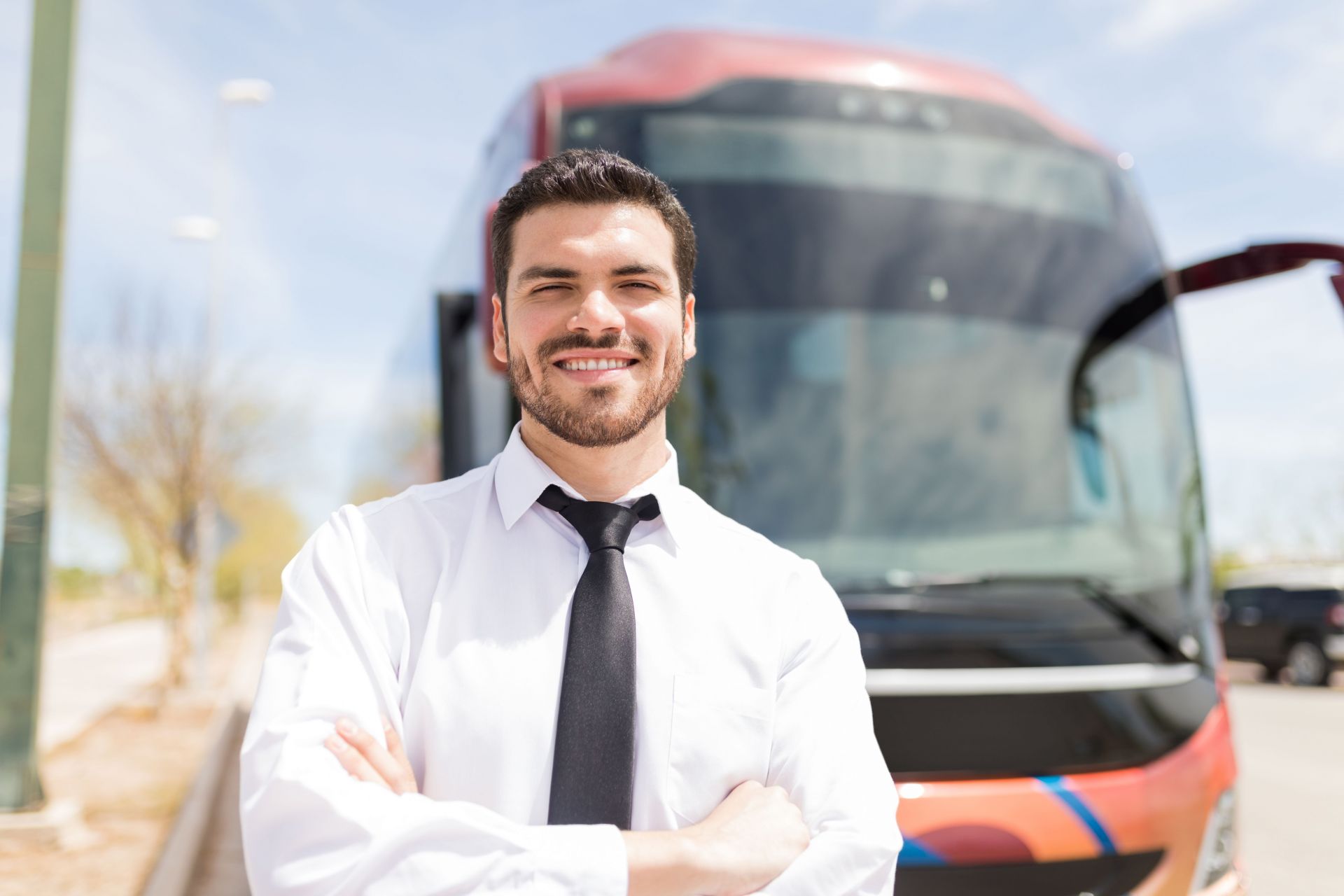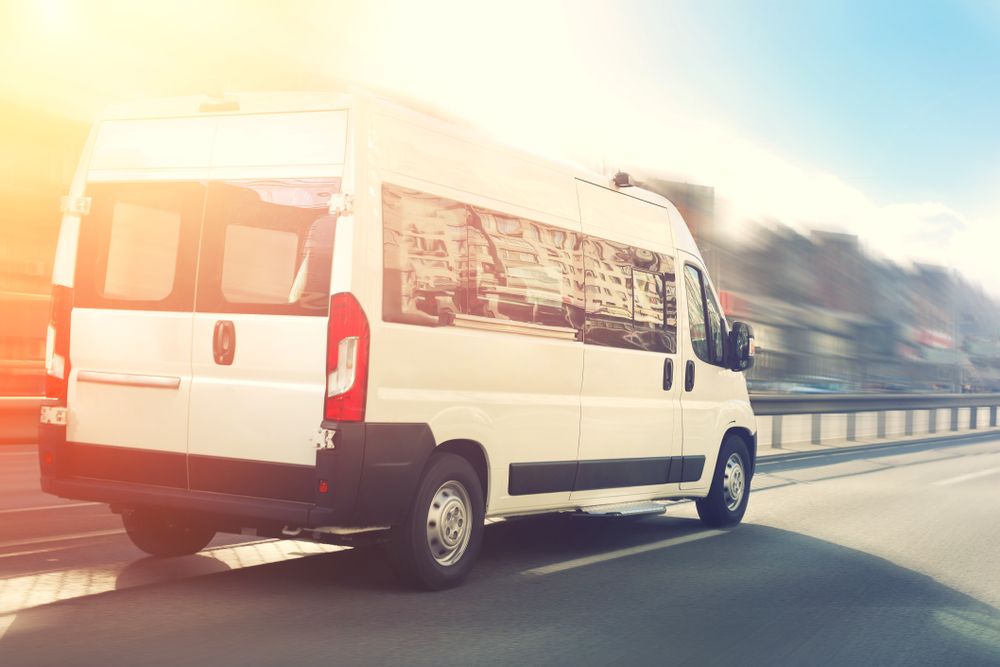Want to Get Your CDL, but Don't Know Where to Start?

In this post, we’ll walk you through why and when you’d need a Commercial Driver’s License (CDL), the three CDL classes, training and testing requirements, and how to find a trainer or school.
What is a CDL and Who Needs One?
It would be easy to think that a commercial driver’s license
is for anyone who gets paid to drive, but postal service workers and rideshare
or food delivery drivers get paid to drive but don’t need a CDL to do so. The
need for a CDL is actually based on the weight of the vehicle, the number of
people in the vehicle, or the type of material you’re transporting.
Basically, if any of the following apply to you, you’re
going to need a CDL:
- Vehicles with a Gross Vehicle Weight Rating (GVWR) of 26,001 pounds or more: This includes many heavy trucks and some buses.
- Vehicles designed to transport 16 or more passengers: This covers larger passenger vans, buses, and school buses.
- Vehicles used to transport hazardous materials: Any vehicle carrying materials requiring placarding, regardless of size, needs a CDL.
- Combination vehicles: When the combined weight of a vehicle and trailer (or towed unit) exceeds 26,001 pounds, and the trailer's GVWR is over 10,000 pounds, a CDL is generally required.
What are the Different Types of CDLs?
Class A CDL
- Is needed to drive combination vehicles with a combined weight over 26,001 lbs, provided the trailer is over 10,000 lbs.
- Is the class needed to drive a traditional big rig or semi-truck.
- Requires Theory and Behind-the-Wheel ELDT training before you can take a CDL skills test (road test) for your license.
- Requires a knowledge test to gain a Commercial Learner’s Permit (CLP). You must hold the CLP for a minimum of 14 days before taking the CDL skills test.

Class B CDL
- Is needed to drive single vehicles weighing over 26,001 lbs, or combination vehicles where the trailer does not exceed 10,000 lbs.
- Is the class needed to drive school buses, transit buses (like Greyhound or tour buses), cement trucks, bucket trucks, etc.
- Requires Theory and Behind-the-Wheel ELDT training before you can take the CDL skills test (road test) for your license.
-
Requires a knowledge test to gain
a Commercial Learner’s Permit (CLP). You must hold the CLP for a minimum of 14
days before taking the CDL skills test.

- Is needed for driving vehicles designed to transport 16 or more passengers (including the driver), but not exceeding 26,000 pounds GVWR. Or;
- Vehicles that are used to transport hazardous materials in quantities that require placards, but do not qualify as Class A or B vehicles.
- Requires a knowledge and skills test, but no ELDT training requirements.

What are the Training and Testing Requirements?
Training
Class A and B CDLs fall under the Federal Motor Carrier Safety Administration’s (FMCSA) Entry Level Driver Training (ELDT) requirements. This means that people trying to get their CDL for the first time must take Theory and Behind-the-Wheel ELDT courses before they can get their license.
The Theory course teaches the main concepts for driving safely. We offer FMCSA-approved Class A and Class B ELDT theory courses in both English and Spanish here.
The Behind-the-Wheel course is the real-world experience of actually driving a commercial vehicle.
- This must be taken by a separate provider in your area.
- Behind-the-Wheel trainings are typically completed at a truck driving school.
- Some employers may train you on site, so that you do not have to go to a trucking school.
- ELDT
training must be provided by a trainer that meets FMCSA requirements. The
FMCSA’s Training Provider Registry (TPR) allows you to search for approved
providers online and in your area and can be accessed here.
Classes A, B, and C require knowledge tests to get your learner’s permit. A learner’s permit must be obtained before doing the Behind-the-Wheel portion of ELDT. Once you complete both your Theory and Behind-the-Wheel ELDT training, and have had your learner’s permit for 14 days, you will be required to take a CDL skills test to complete the process and get your license.
Each state requires their own applications, forms, proofs of residency, testing fees, and scheduling requirements. Contact your DMV to find out exactly what you’ll need.
